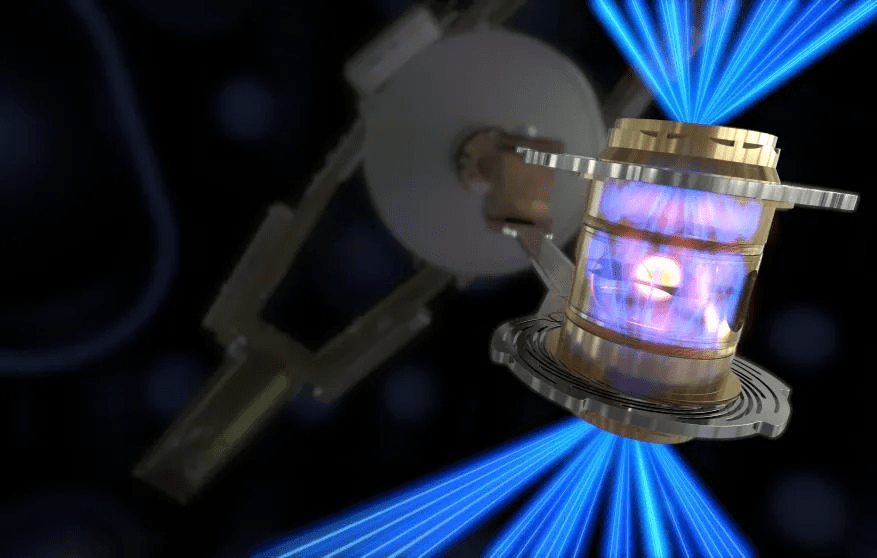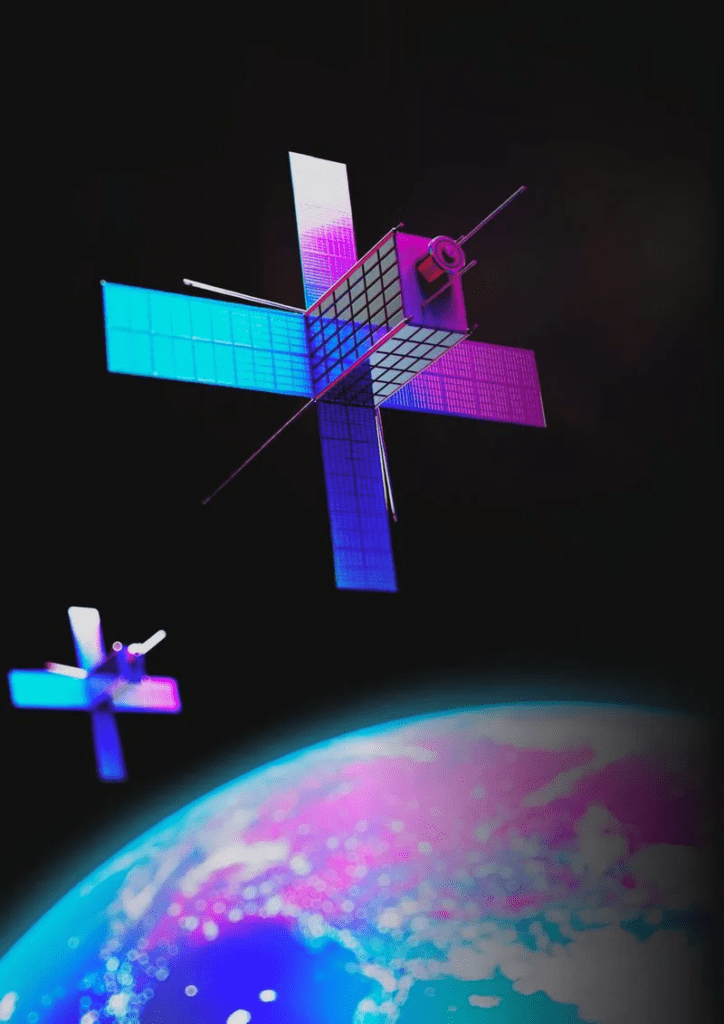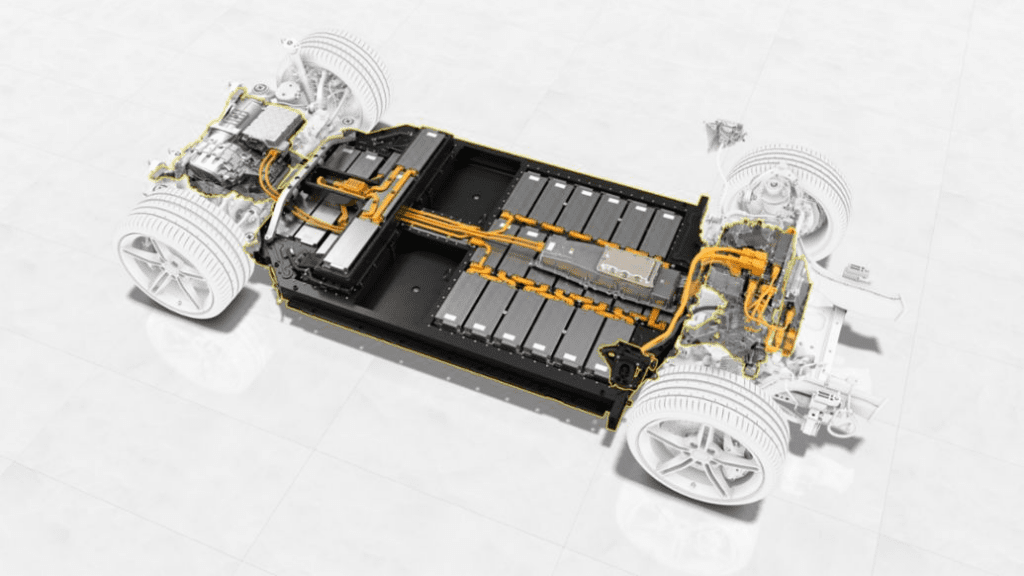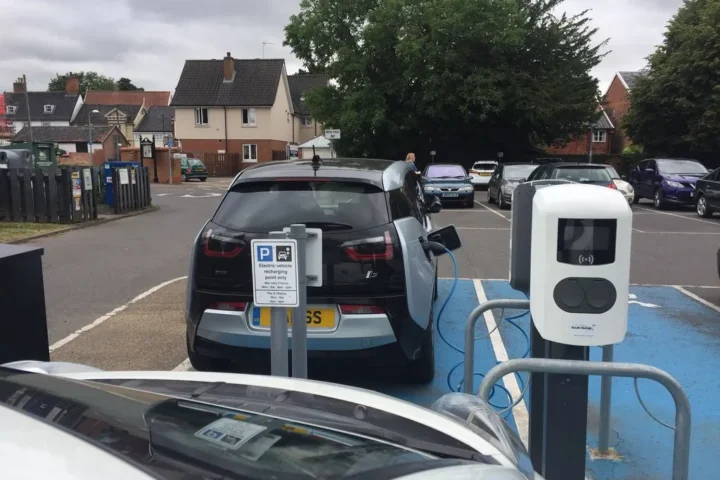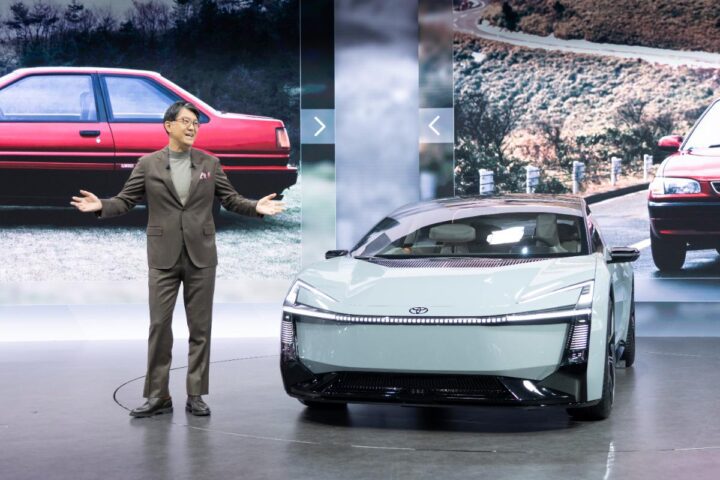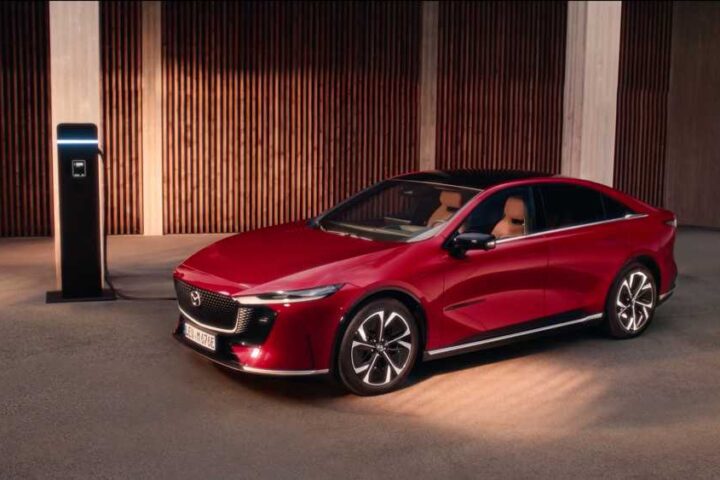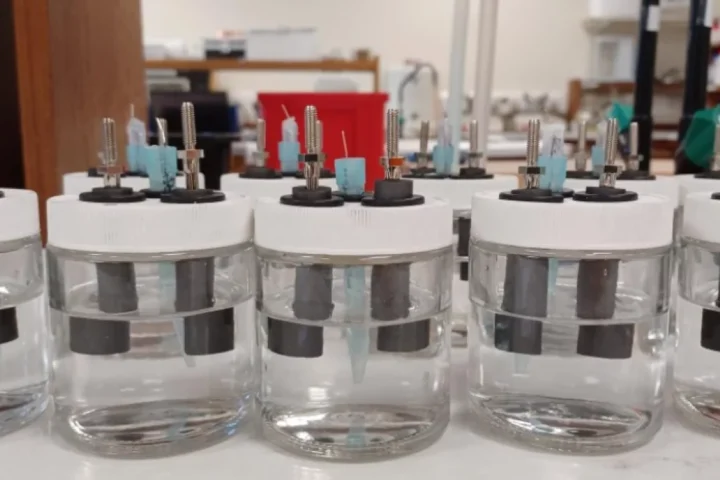A breakthrough in nuclear fusion achieved last December, lasting only 20-billionths of a second, might have potentially significant implications for humanity. The successful fusion ignition marks a crucial step towards the goal of generating clean, abundant, and affordable energy.
Lead scientist Tammy Ma emphasizes the excitement and potential of nuclear fusion, despite acknowledging the challenges that lie ahead. The Lawrence Livermore National Laboratory houses a massive facility with powerful lasers, miles of tubing, and a central target chamber where fusion experiments take place.
The National Ignition Facility, once mocked for its delays and cost overruns, finally lives up to its name, successfully producing excess energy through fusion. Although subsequent attempts have failed to replicate the initial success, scientists remain optimistic about surpassing the energy threshold in future experiments.
Similar Post
The precision of diamond capsules used to hold the hydrogen atoms plays a crucial role in the success of fusion reactions. To simulate the intense conditions of a star’s core, the Lawrence Livermore National Laboratory’s fusion experiments involve compressing a tremendous amount of energy, creating an environment with extreme temperatures.
While the current facility was built with older technology, advancements in efficiency, precision, and higher firing rates could be incorporated into future fusion power plants. Two main approaches to fusion exist: laser-based ignition and magnet-driven plasma control, with fierce competition between the two methods.
Private investment in fusion technology has tripled, attracting numerous startups with innovative approaches and prominent backers like Bill Gates and Shell Oil. Helion Energy, a startup backed by Sam Altman’s Open AI, aims to demonstrate electricity production through fusion by next year and has secured a power purchase agreement with Microsoft.
